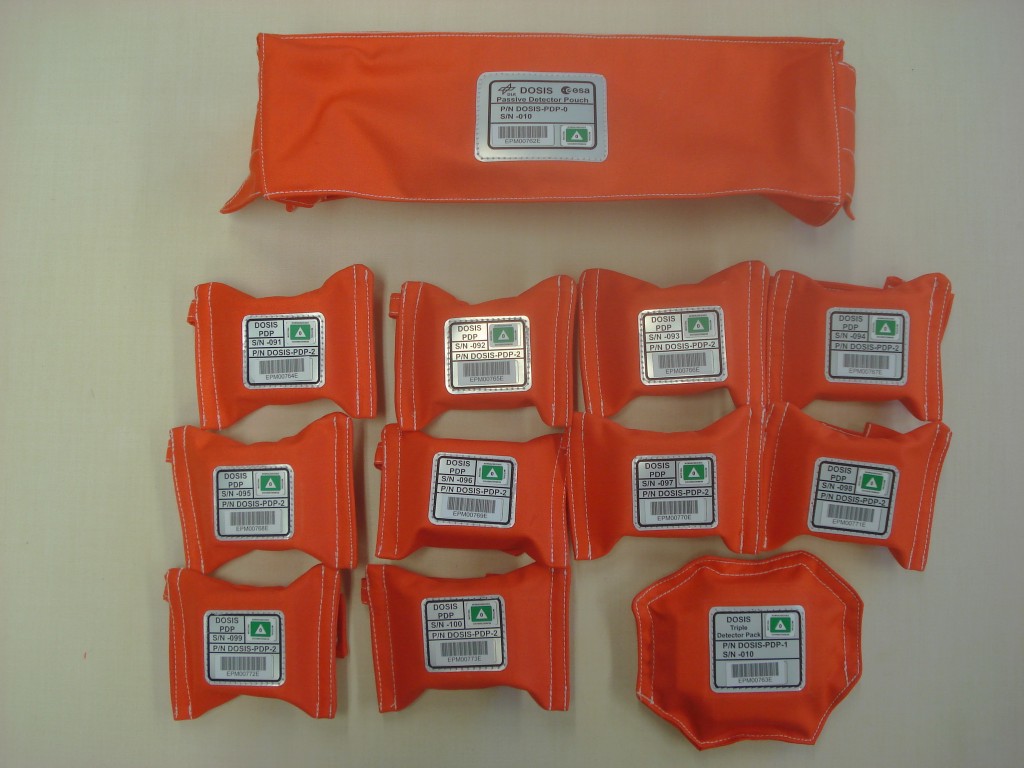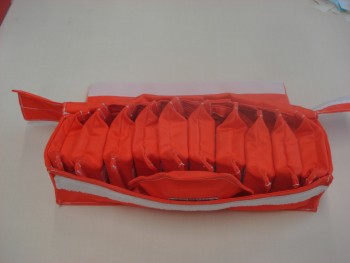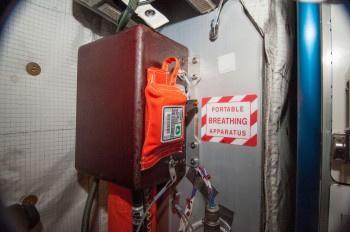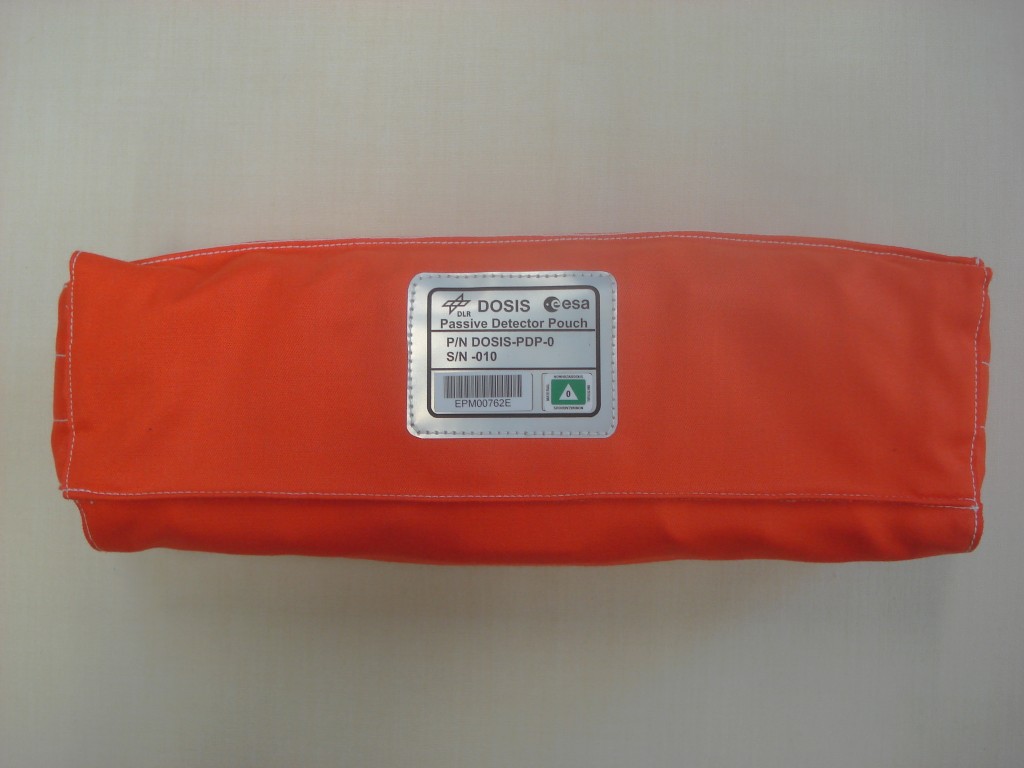More scientific equipment on the Soyuz: Space is a dangerous place. Astronauts need protection from a spacecraft or spacesuit against the lack of oxygen, the vacuum and the extreme temperatures. But even spacecraft and spacesuits do not offer complete protection against radiation.
Radiation is a serious concern for mission planners, as we venture further from Earth astronauts will be subjected to more and more radiation without our atmosphere to protect them from harmful cosmic rays and solar radiation.
To investigate how much radiation penetrates the hull of the International Space Station passive radiation measurement devices called dosimeters are placed around the laboratory.
The European Columbus laboratory is monitored by 11 passive dosimeters, the so-called Passive Detector Packages or (PDP). The dosimeters are about the size of a pack of playing cards and attached to the walls of Columbus with Velcro. The detectors record how much radiation has been measured in total during the period they are in space.
DOSIS 3D and its precursor experiment DOSIS have been monitoring the radiation levels in Columbus for a number of years now. After each six-month crew rotation, the “old”detector packages are replaced by “new” ones and brought back to Earth for data evaluation.
In addition to the passive detectors, DOSIS-3D uses two active dosimeters that measure fluctuations in radiation levels over time. Data from all Station partners is shared to create as complete a picture of space radiation as possible.
Later on in the Principia mission Tim will mount the 11 new dosimeters that are travelling to the International Space Station with him in the Soyuz TMA-19M.





Discussion: no comments